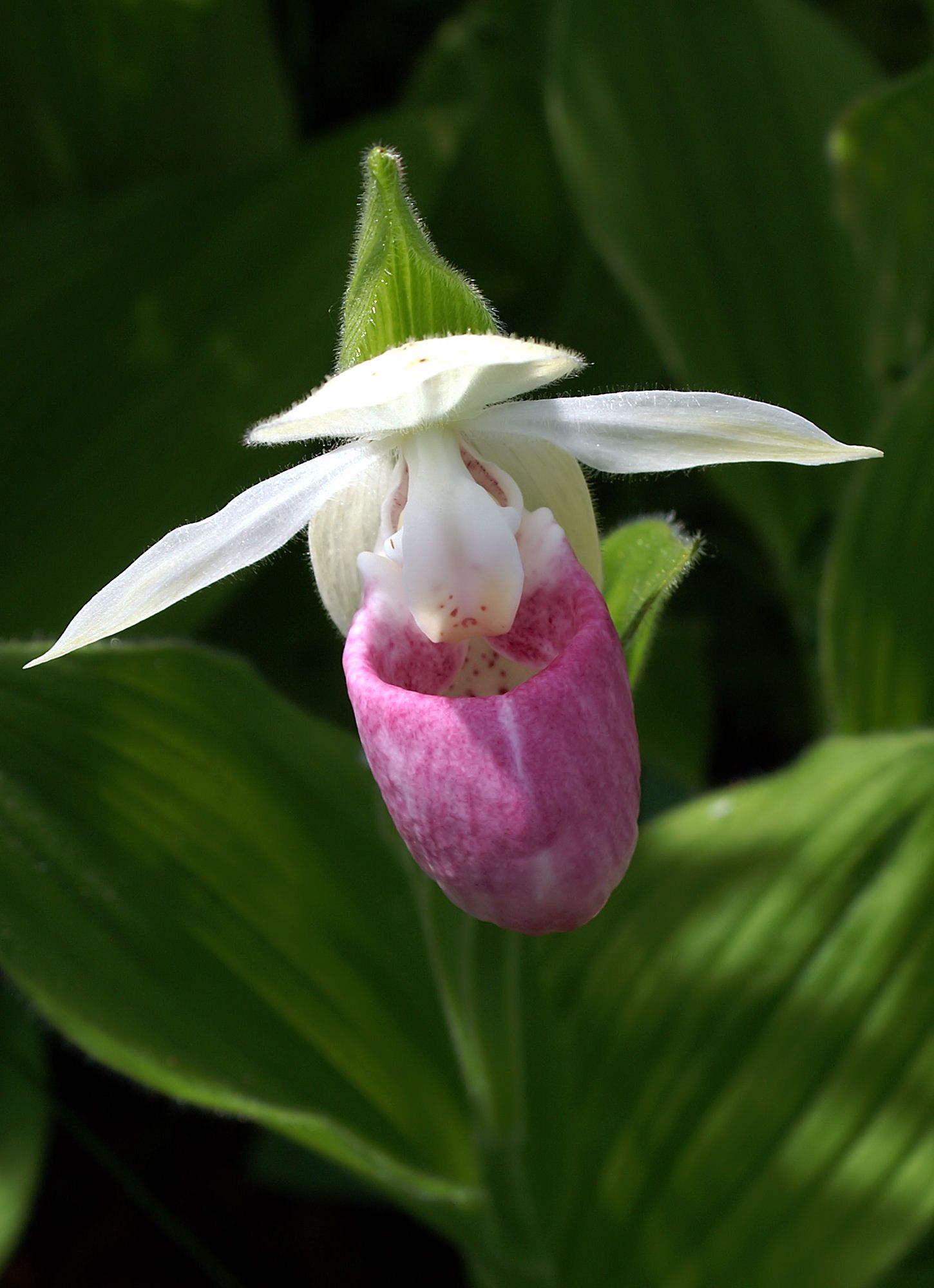- What is life?
- How did life begin and evolve on Earth? and
- Does life exist elsewhere in the universe?
Science knows a lot about life on Earth, but questions remain unanswered. There are enticing clues that suggest when and how life began on Earth. To the best of our knowledge life began about 4 billion years ago with humans, the latecomers, appearing as recently as a couple of hundred thousand years ago (cf. Cosmic Newcomers).
There is plenty of evidence of life adapting at the molecular level. The shared DNA of all living things, and the coexistence of identical segments of DNA code across species, makes a compelling narrative for a life force that has been replicating and adapting for billions of years.
Shall I not have intelligence with the earth? Am I not partly leaves and vegetable mould myself.What is the role of sensory attraction in the adaptation and evolution of living things?
— Henry David Thoreau
"How did these organs of plant sex manage to get themselves cross-wired with human ideas of value and status and Eros? And what might our ancient attraction for flowers have to teach us about the deeper mysteries of beauty - what one poet has called "this grace wholly gratuitous"? Is that what it is? Or does beauty have a purpose?"In Botany of Desire Michael Pollan examines the properties of sweetness, beauty, intoxication, and control and the role they each property played in the codependent evolution of apples (sweetness), tulips (beauty), cannabis (intoxication), and potatoes (cultivatable control).
— Michael Pollan from The Botany of Desire: A Plant's-Eye View of the World
Pollan asks, "Does beauty have a purpose?" When viewed as the result of accidents of nature, beauty seems to be attained, or converged upon, through incremental change. What constitutes or defines beauty seems free to evolve along with changing desires of the species.
"Design in nature is but a concatenation of accidents, culled by natural selection until the result is so beautiful or effective as to seem a miracle of purpose."
— Michael Pollan from The Botany of Desire: A Plant's-Eye View of the World
|
|
- The Botany of Desire: A Plant's-Eye View of the World, Michael Pollan, Random House 2001.
- The NASA Astrobiology Roadmap, Des Marais, Nuth, et. al., Astrobiology, Volume 8, Number 4, 2008.




